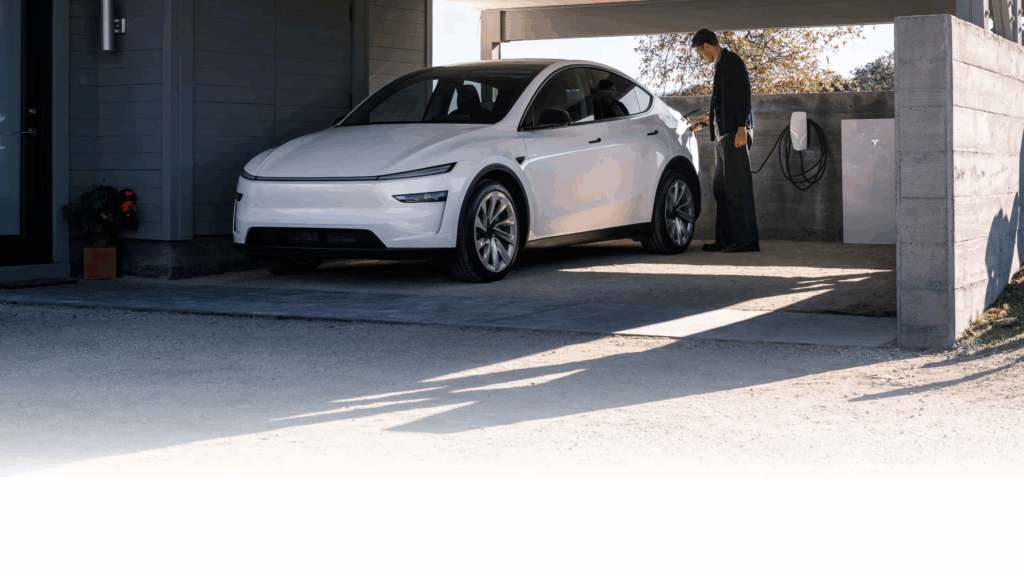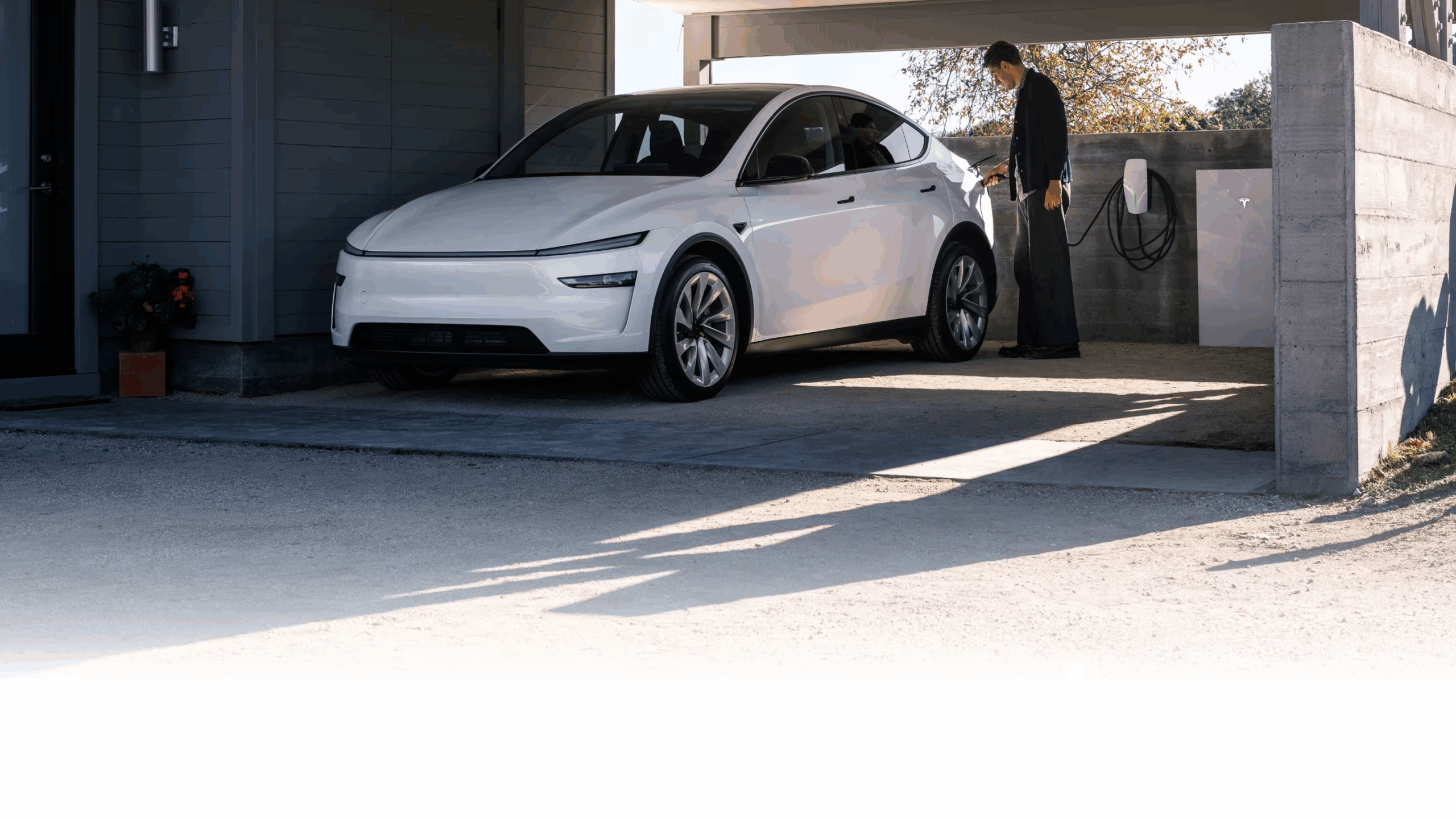Lucid Motors has announced a new charging solution for owners of its older Air models. These vehicles lack the native NACS (North American Charging Standard) port found in the newer Lucid Gravity SUV.
To bridge the gap, Lucid now sells a DC NACS-to-CCS1 adapter. This allows Air owners to access Tesla’s vast Supercharger network.
Table of Contents
The Adapter Details
- Price: $220 (excluding taxes)
- Compatibility: Works with Tesla V3 Superchargers and newer
- Payment: Charging is managed through the Lucid App using a credit card saved in the Lucid Wallet
This adapter opens up access to thousands of Tesla charging stations across the U.S. and beyond.

But There’s a Trade-Off
Lucid’s Air sedan features a cutting-edge 924V electrical system. This enables ultra-fast charging at speeds of 300 kW or higher.
However, Tesla’s Superchargers operate at 400V. As a result, the adapter throttles charging speeds down to just 50kW.
That’s a significant drop in performance.
What Does That Mean for Drivers?
At 50 kW, Lucid claims drivers can still gain up to 200 miles of range per hour. While not ideal, it offers peace of mind for long-distance travel.
Tesla’s Supercharger network is massive. With over 70,000 chargers worldwide and nearly 40,000 in the U.S., it provides coast-to-coast coverage.
Lucid Air Still Leads in Range
Despite the charging limitations, the Lucid Air remains a top performer in range.
- The 2026 Air Touring model will offer an EPA-estimated 431 miles, up 6% from previous versions.
- Other Air models can reach up to 512 miles on a single charge.
That’s among the best in the EV market today.
The Bigger Picture: Charging Networks Are Lagging
Lucid’s adapter is a helpful stopgap, but it highlights a broader issue. Many EVs now use 800V or higher systems, while most public chargers still operate at 400V.
This mismatch limits charging speeds and user experience.
Other Automakers Face Similar Challenges
Porsche tackled this with its 800V Macan EV by splitting its battery pack to work with 400V chargers. But this adds cost, which gets passed on to buyers.
Mercedes-Benz faced backlash when it revealed its new 800V CLA wouldn’t support 400V charging, at least initially. The company later promised an adapter for 2026 models to fix this.
Infrastructure Can’t Keep Up
The global EV charging network is struggling to match the pace of vehicle innovation. Charging speeds vary widely by region, and many stations are outdated.
Even Tesla is behind on its rollout of the next-gen 500kW V4 Superchargers.
Lucid’s adapter gives Air owners more flexibility, but it’s not a perfect solution. Slower charging speeds and added costs may frustrate some users.
Still, access to Tesla’s network is a valuable option, especially for long trips.
As EV technology evolves, the charging infrastructure must catch up. Until then, adapters like Lucid’s are a necessary compromise.

